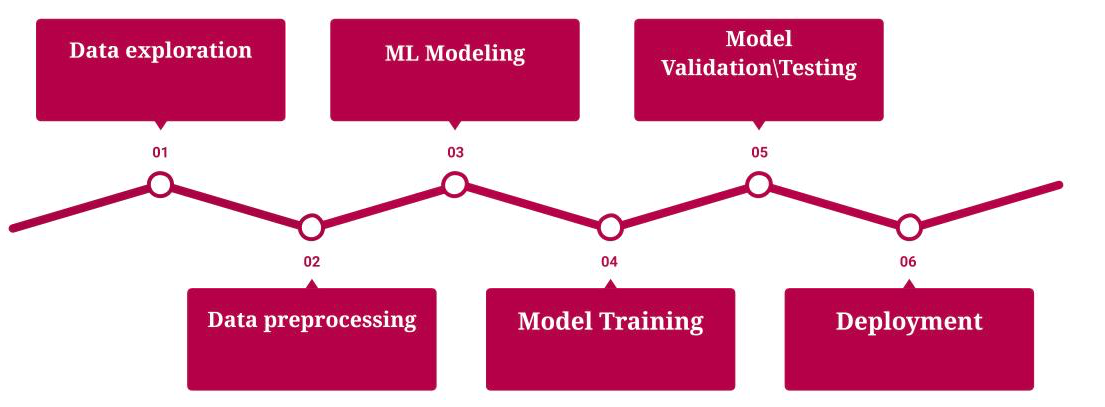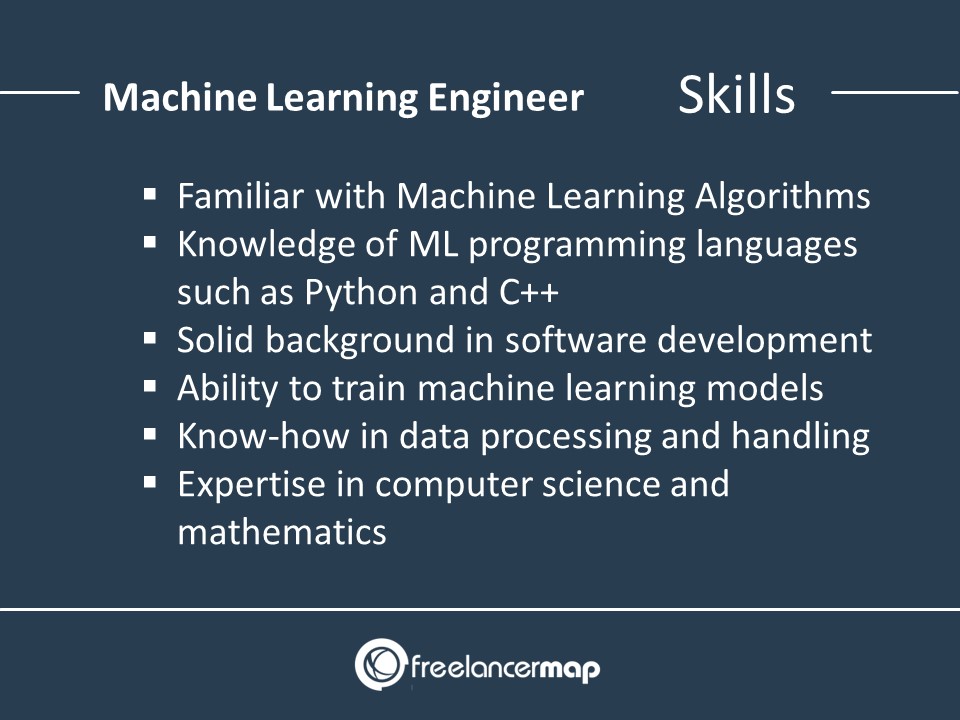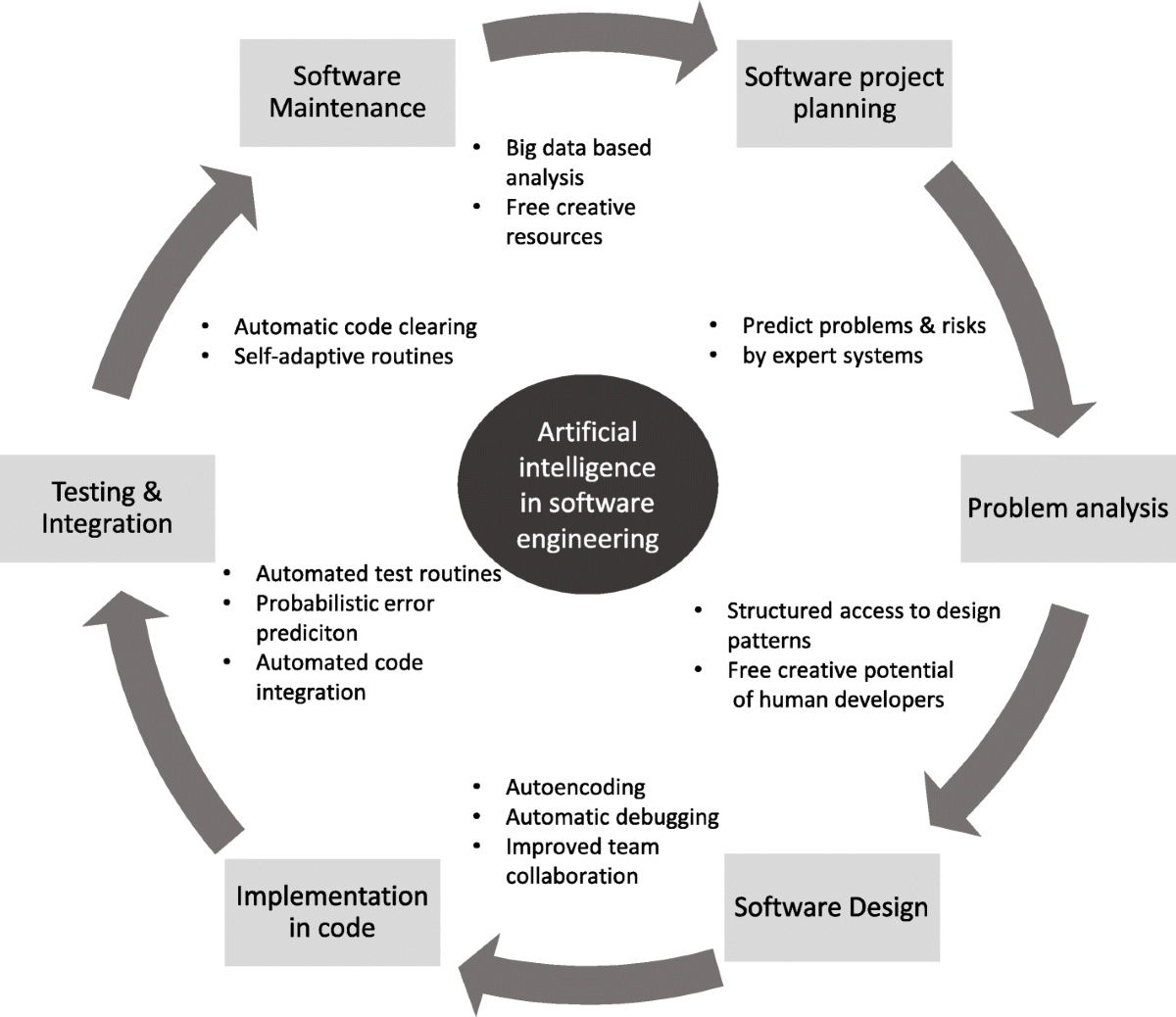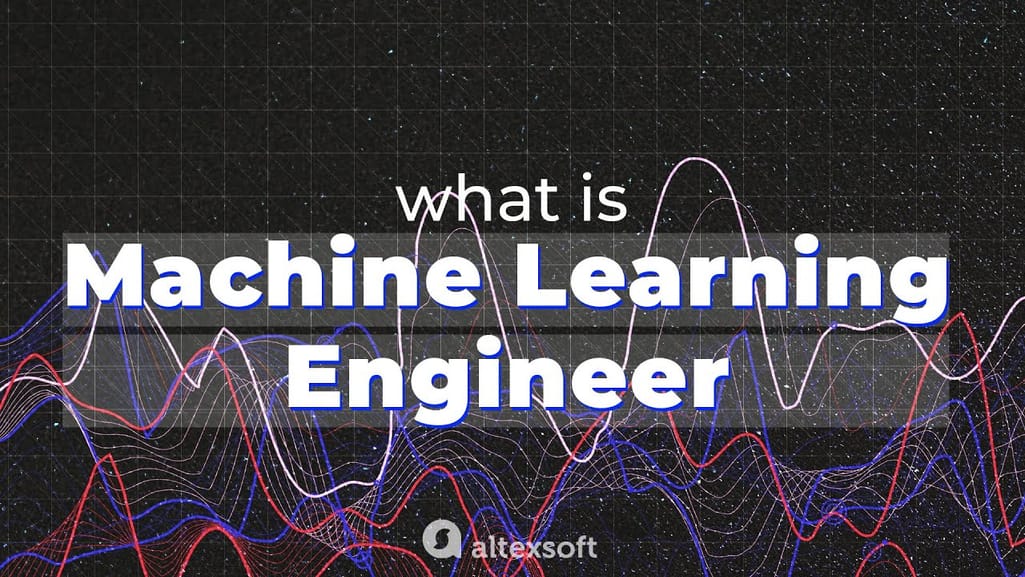All Categories
Featured
Table of Contents
- – The smart Trick of Machine Learning/ai Enginee...
- – Artificial Intelligence Software Development -...
- – Getting My 7-step Guide To Become A Machine L...
- – Unknown Facts About Machine Learning Engineer...
- – What Is A Machine Learning Engineer (Ml Engi...
- – The Best Strategy To Use For Machine Learnin...
- – Pursuing A Passion For Machine Learning Thin...
Some people believe that that's dishonesty. Well, that's my whole career. If somebody else did it, I'm going to utilize what that person did. The lesson is placing that aside. I'm compeling myself to think with the possible remedies. It's more regarding taking in the web content and trying to use those concepts and much less about finding a collection that does the job or searching for somebody else that coded it.
Dig a little bit deeper in the mathematics at the beginning, simply so I can develop that foundation. Santiago: Finally, lesson number seven. I do not think that you have to recognize the nuts and screws of every algorithm prior to you utilize it.
I have actually been utilizing neural networks for the lengthiest time. I do have a feeling of exactly how the slope descent functions. I can not clarify it to you today. I would need to go and examine back to actually get a far better intuition. That does not imply that I can not fix points utilizing neural networks, right? (29:05) Santiago: Attempting to require people to believe "Well, you're not going to succeed unless you can describe each and every single information of just how this works." It goes back to our sorting instance I believe that's just bullshit recommendations.
As a designer, I have actually serviced many, lots of systems and I have actually used several, numerous things that I do not comprehend the nuts and screws of just how it functions, although I recognize the impact that they have. That's the final lesson on that particular thread. Alexey: The funny thing is when I consider all these libraries like Scikit-Learn the formulas they make use of inside to execute, for instance, logistic regression or another thing, are not the like the formulas we research in artificial intelligence courses.
The smart Trick of Machine Learning/ai Engineer That Nobody is Talking About
So also if we attempted to discover to obtain all these essentials of artificial intelligence, at the end, the formulas that these collections utilize are various. Right? (30:22) Santiago: Yeah, definitely. I believe we need a whole lot a lot more materialism in the industry. Make a lot even more of an impact. Or concentrating on providing value and a little much less of purism.

I generally talk to those that desire to function in the sector that desire to have their influence there. I do not attempt to talk about that because I don't recognize.
Right there outside, in the sector, pragmatism goes a long method for sure. Santiago: There you go, yeah. Alexey: It is a great motivational speech.
Artificial Intelligence Software Development - The Facts
One of the things I wanted to ask you. Initially, let's cover a pair of things. Alexey: Allow's begin with core devices and frameworks that you need to discover to in fact change.
I know Java. I know SQL. I recognize just how to make use of Git. I recognize Bash. Possibly I understand Docker. All these points. And I read about artificial intelligence, it appears like an awesome point. So, what are the core tools and structures? Yes, I viewed this video clip and I get encouraged that I do not need to obtain deep into math.
What are the core devices and structures that I need to learn to do this? (33:10) Santiago: Yeah, definitely. Fantastic concern. I think, leading, you should start discovering a bit of Python. Since you already recognize Java, I do not assume it's mosting likely to be a substantial transition for you.
Not due to the fact that Python is the exact same as Java, yet in a week, you're gon na obtain a whole lot of the distinctions there. You're gon na have the ability to make some development. That's leading. (33:47) Santiago: After that you obtain particular core devices that are going to be utilized throughout your whole occupation.
Getting My 7-step Guide To Become A Machine Learning Engineer In ... To Work
You obtain SciKit Learn for the collection of equipment understanding algorithms. Those are tools that you're going to have to be making use of. I do not suggest just going and finding out concerning them out of the blue.
Take one of those training courses that are going to begin introducing you to some issues and to some core concepts of maker understanding. I don't bear in mind the name, yet if you go to Kaggle, they have tutorials there for free.
What's good concerning it is that the only need for you is to understand Python. They're mosting likely to present a problem and inform you how to utilize choice trees to address that details problem. I assume that procedure is extremely powerful, because you go from no machine discovering history, to comprehending what the issue is and why you can not resolve it with what you recognize right now, which is straight software program design practices.
Unknown Facts About Machine Learning Engineer Vs Software Engineer
On the other hand, ML designers concentrate on building and deploying artificial intelligence models. They concentrate on training models with information to make forecasts or automate jobs. While there is overlap, AI engineers manage more varied AI applications, while ML engineers have a narrower emphasis on artificial intelligence algorithms and their functional implementation.

Device understanding designers concentrate on establishing and deploying artificial intelligence models right into manufacturing systems. They service design, making certain designs are scalable, effective, and integrated right into applications. On the various other hand, information researchers have a wider duty that includes information collection, cleansing, expedition, and structure models. They are commonly in charge of removing understandings and making data-driven choices.
As companies increasingly take on AI and equipment learning innovations, the demand for knowledgeable professionals grows. Device understanding designers work with sophisticated jobs, add to development, and have competitive incomes. Nevertheless, success in this field requires constant learning and staying on par with developing modern technologies and strategies. Artificial intelligence functions are normally well-paid, with the potential for high gaining capacity.
ML is basically different from conventional software program growth as it focuses on teaching computer systems to pick up from data, instead of programming explicit regulations that are performed systematically. Uncertainty of results: You are most likely utilized to creating code with predictable outcomes, whether your function runs when or a thousand times. In ML, however, the end results are less specific.

Pre-training and fine-tuning: Exactly how these designs are educated on huge datasets and after that fine-tuned for details tasks. Applications of LLMs: Such as text generation, sentiment evaluation and info search and access. Documents like "Interest is All You Need" by Vaswani et al., which presented transformers. On-line tutorials and courses concentrating on NLP and transformers, such as the Hugging Face training course on transformers.
What Is A Machine Learning Engineer (Ml Engineer)? Things To Know Before You Get This
The ability to take care of codebases, merge adjustments, and deal with disputes is simply as crucial in ML development as it is in traditional software application jobs. The abilities developed in debugging and testing software application applications are very transferable. While the context could change from debugging application logic to determining issues in information handling or version training the underlying concepts of methodical investigation, hypothesis testing, and repetitive refinement coincide.
Machine knowing, at its core, is greatly reliant on data and likelihood concept. These are crucial for comprehending exactly how algorithms discover from data, make forecasts, and assess their performance.
For those interested in LLMs, a complete understanding of deep understanding designs is valuable. This consists of not just the mechanics of semantic networks but likewise the architecture of particular models for different usage cases, like CNNs (Convolutional Neural Networks) for photo handling and RNNs (Recurrent Neural Networks) and transformers for consecutive data and all-natural language processing.
You must be conscious of these concerns and learn methods for identifying, alleviating, and interacting about predisposition in ML models. This consists of the potential effect of automated decisions and the ethical effects. Several designs, specifically LLMs, require significant computational sources that are typically given by cloud platforms like AWS, Google Cloud, and Azure.
Structure these abilities will not only promote an effective shift into ML but likewise ensure that programmers can add successfully and properly to the development of this dynamic field. Concept is crucial, but absolutely nothing defeats hands-on experience. Begin working with jobs that permit you to use what you have actually discovered in a functional context.
Join competitions: Join platforms like Kaggle to get involved in NLP competitors. Develop your projects: Start with easy applications, such as a chatbot or a text summarization tool, and slowly raise complexity. The area of ML and LLMs is quickly evolving, with new developments and modern technologies emerging consistently. Staying upgraded with the current research and patterns is critical.
The Best Strategy To Use For Machine Learning In Production / Ai Engineering
Contribute to open-source tasks or compose blog messages regarding your learning trip and projects. As you get competence, start looking for chances to integrate ML and LLMs right into your job, or look for brand-new roles focused on these technologies.

Vectors, matrices, and their function in ML algorithms. Terms like version, dataset, functions, tags, training, inference, and validation. Information collection, preprocessing strategies, version training, analysis procedures, and implementation considerations.
Choice Trees and Random Woodlands: User-friendly and interpretable designs. Assistance Vector Machines: Maximum margin category. Matching issue kinds with appropriate versions. Balancing efficiency and complexity. Basic framework of neural networks: nerve cells, layers, activation functions. Split computation and onward proliferation. Feedforward Networks, Convolutional Neural Networks (CNNs), Frequent Neural Networks (RNNs). Picture recognition, sequence forecast, and time-series analysis.
Information flow, transformation, and feature engineering approaches. Scalability principles and efficiency optimization. API-driven approaches and microservices combination. Latency management, scalability, and version control. Constant Integration/Continuous Deployment (CI/CD) for ML operations. Model monitoring, versioning, and performance tracking. Detecting and addressing modifications in design efficiency with time. Dealing with performance bottlenecks and resource monitoring.
Pursuing A Passion For Machine Learning Things To Know Before You Get This

You'll be introduced to 3 of the most appropriate parts of the AI/ML self-control; overseen discovering, neural networks, and deep understanding. You'll understand the distinctions between conventional programs and machine learning by hands-on development in monitored knowing before developing out complicated dispersed applications with neural networks.
This course acts as a guide to machine lear ... Show Extra.
Table of Contents
- – The smart Trick of Machine Learning/ai Enginee...
- – Artificial Intelligence Software Development -...
- – Getting My 7-step Guide To Become A Machine L...
- – Unknown Facts About Machine Learning Engineer...
- – What Is A Machine Learning Engineer (Ml Engi...
- – The Best Strategy To Use For Machine Learnin...
- – Pursuing A Passion For Machine Learning Thin...
Latest Posts
How To Prepare For A Software Or Technical Interview – A Step-by-step Guide
Software Developer (Sde) Interview & Placement Guide – How To Stand Out
How To Prepare For A Software Developer Interview – Key Strategies
More
Latest Posts
How To Prepare For A Software Or Technical Interview – A Step-by-step Guide
Software Developer (Sde) Interview & Placement Guide – How To Stand Out
How To Prepare For A Software Developer Interview – Key Strategies